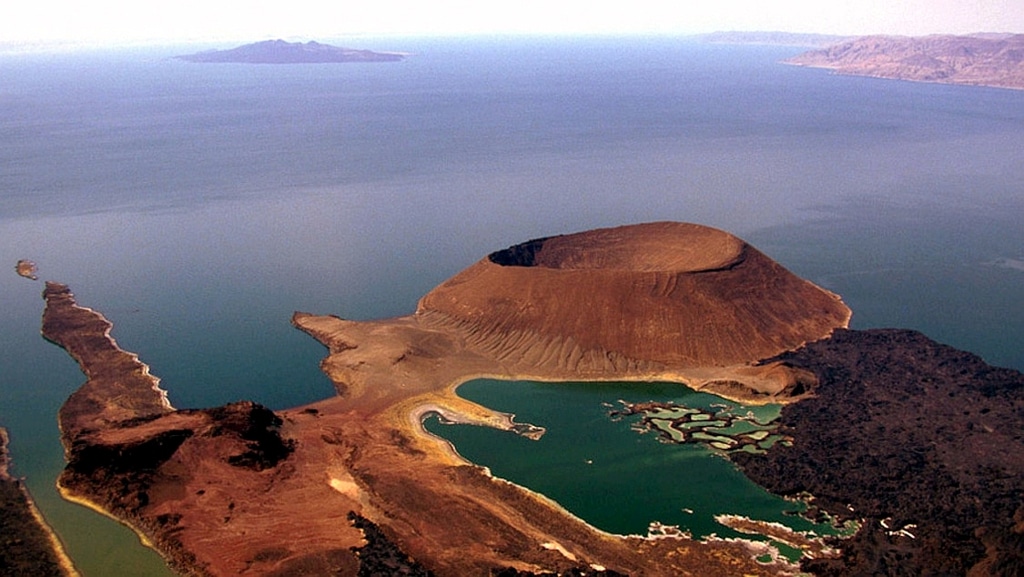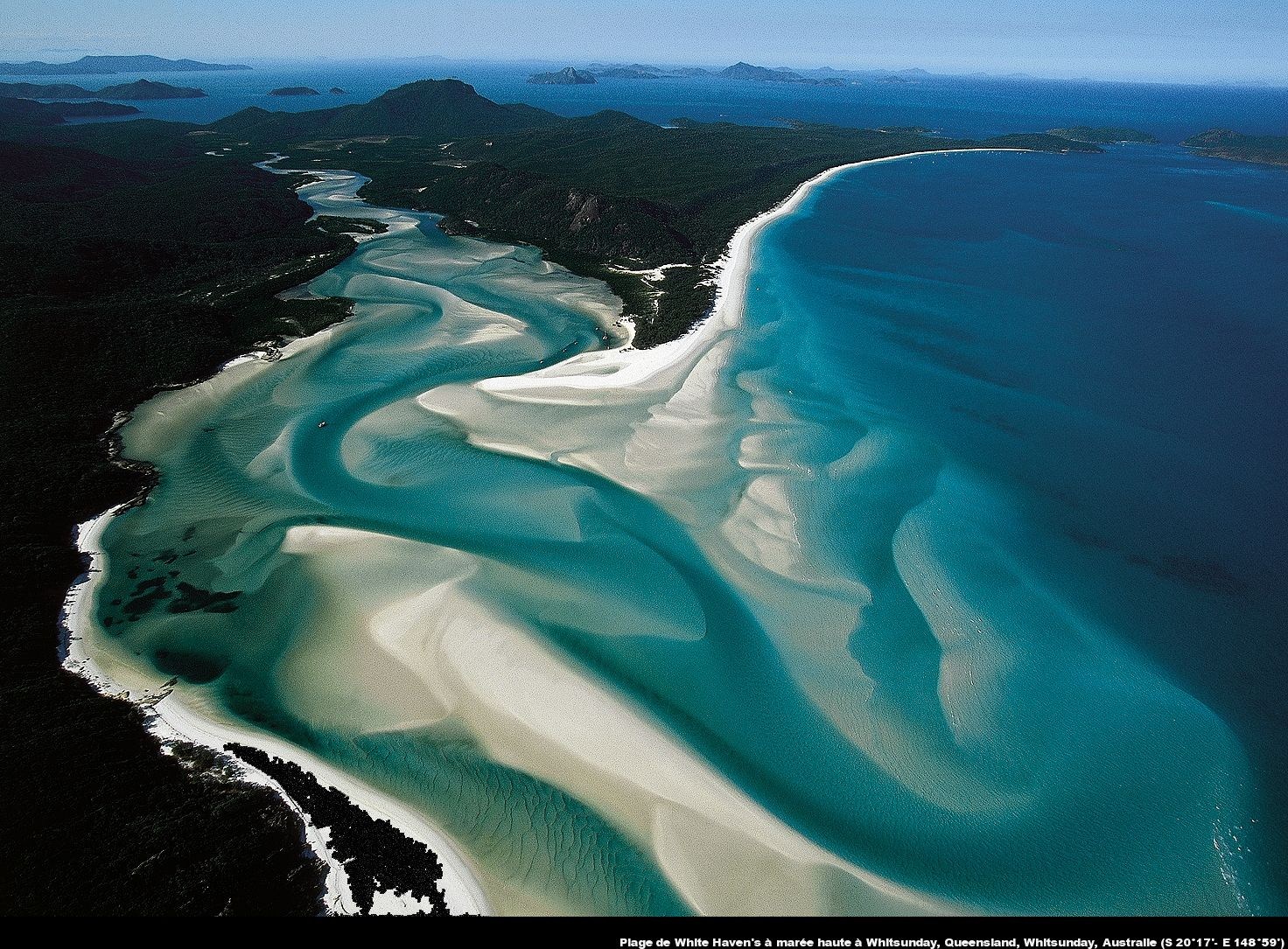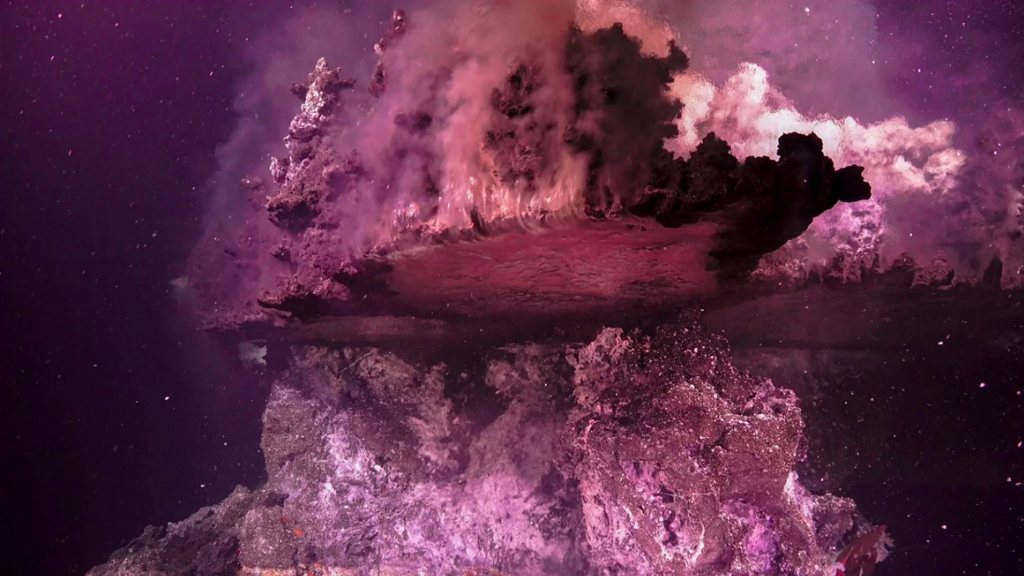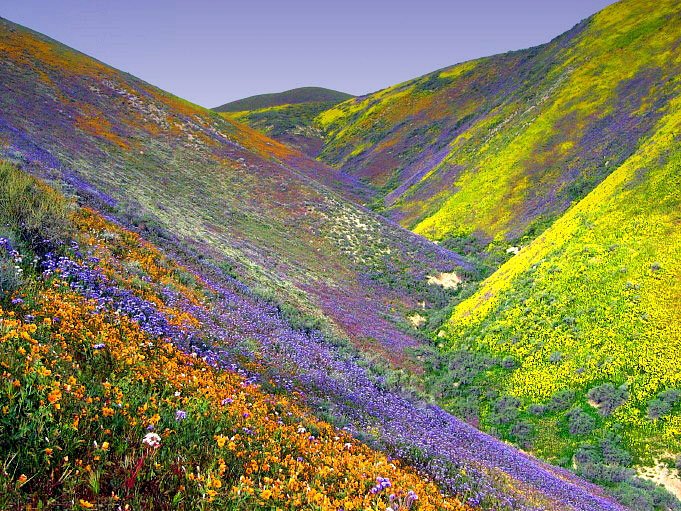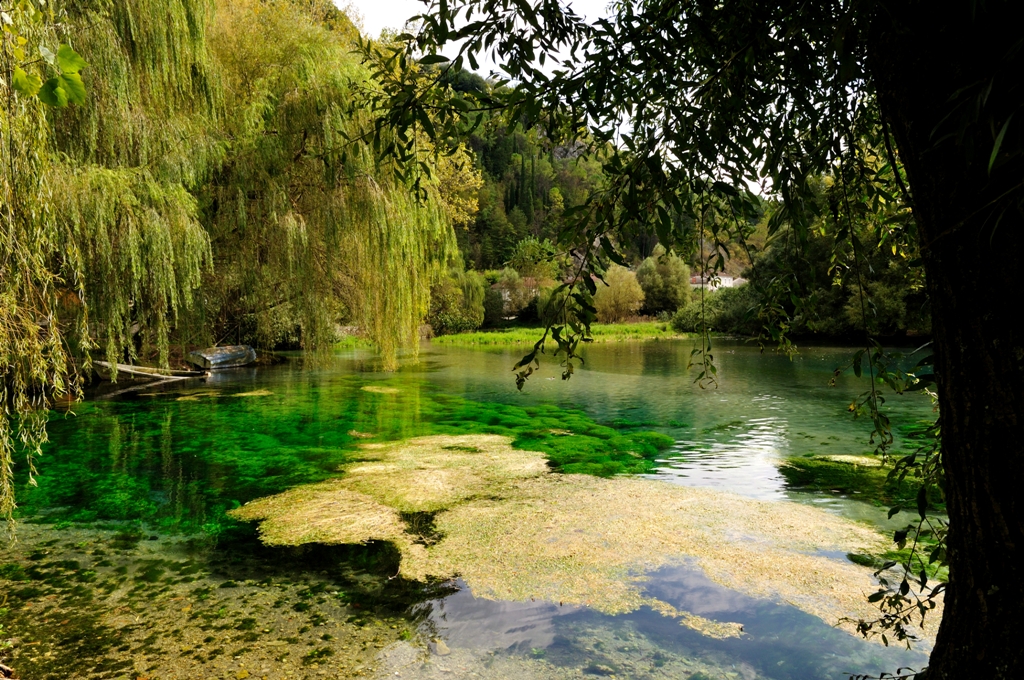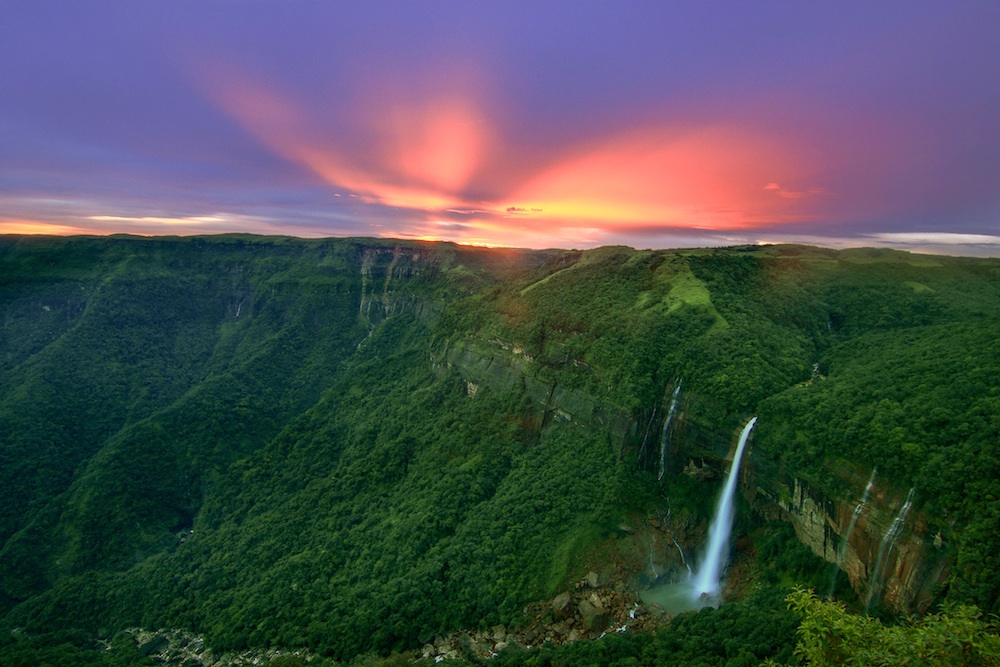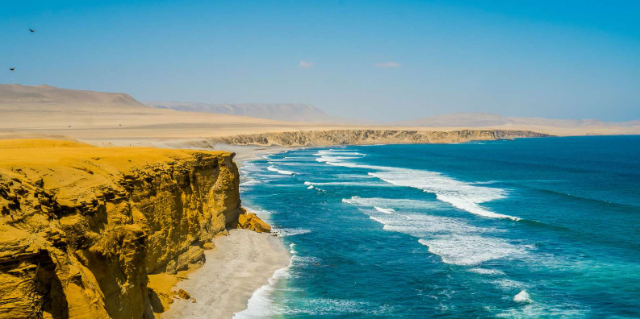Lake Turkana (also called Lake Rudolph) is a large lake in Central East Africa, located in the Rift Valley in northwest Kenya. It has an area of 6405 km², almost completely within the borders of Kenya; only the northern part, at the delta of the Omo River, is located in Ethiopia.
The lake was named " lake Rudolf " in honour of the Austro-Hungarian prince Rudolf of Habsburg-Lorraine by the explorers Sámuel Teleki and Ludwig von Höhnel, who were the first Europeans to reach its shores (1888). Since 1975 it has taken on its historical name, that of the Turkana ethnic group, who inhabit the region around the lake.
Near its shores, during the excavations of Nariokotome, fossil remains of hominids dating back two and a half million years ago and currently attributed to the species Homo ergaster have been found.
The lake is occupied by numerous volcanic islands along the North-South axis including North Island, Central Island and Southern Island. Lake Turkana is home to national parks listed as a UNESCO World Heritage Site: Sibiloi National Park is located on the eastern shore of the lake, while Central Island National Park and South Island National Park are located on their respective islands. Both are known for their Nile crocodiles (there are 30,000 of them living in the lake, so, no swimming! It’s best to enjoy the landscape and the surrounding nature: pink flamingos, rainforests where beautiful orchids bloom, rock graffiti among the rocks, sulphurous water springs that spring up here and there feeding rivers that run through the bush).
It is the largest permanent lake in a desert location and is also the largest alkaline lake in the world.
